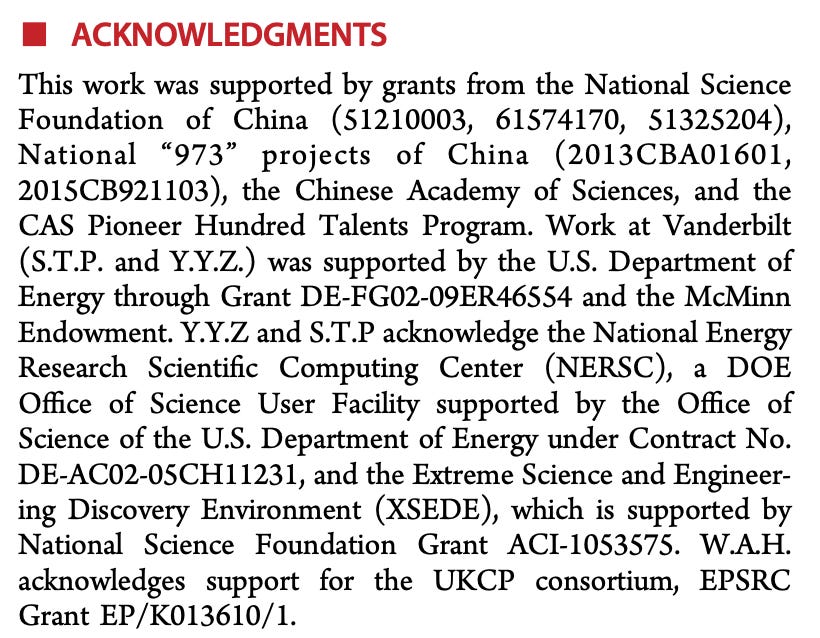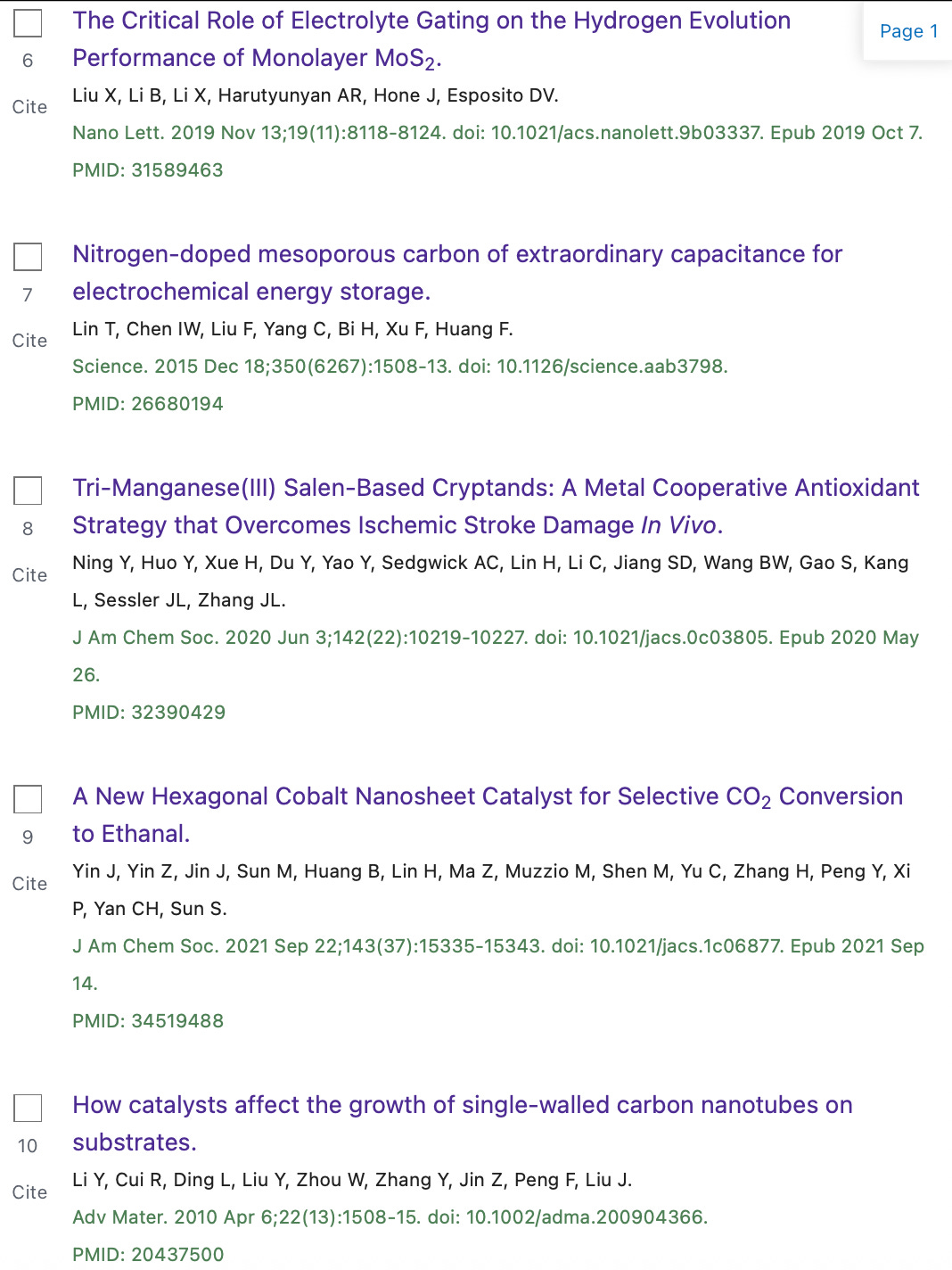EXC: U.S. Tax Dollars Funded Chinese Lab Researching How To Dominate Rare Earth Trade
American taxpayer funds have supported research at a leading Chinese Communist Party-owned laboratory central to Beijing’s push to monopolize control over rare earths.
The State Key Laboratory of Rare Earth Materials Chemistry and Applications (SKL-REMCA) at Peking University is one of the regime’s most important arms of its scientific apparatus and has been central to China’s rise as the global leader in rare-earth processing. It operates under the supervision of China’s Ministry of Science and Technology and Ministry of Education, both explicitly tasked with advancing projects tied to China’s “national strategic needs.”
This Substack is reader-supported. To receive new posts and support my work, consider becoming a free or paid subscriber.
Despite this conflict of interest, U.S. federal funding from institutions including the Office of Naval Research, Department of Energy, and National Science Foundation have supported research conducted at SKL-REMCA.
Research into rare earth conducted under the Hundred Talents Program, a controversial program flagged by the U.S. government for its contributions to espionage and aiding China in winning the technology race.
The Center of China’s Rare Earth Machine
The State Key Lab is based in Peking University’s College of Chemistry and Molecular Engineering. It was founded by Xu Guangxian, widely known as the father of China’s rare-earth industry.
The lab that carries on his work has remained at the forefront of China’s industrial research in this field, allowing the country to dominate nearly 100% of the world’s production and supply.
U.S. Funding Reached the Lab
Federal grant data and joint research filings show that projects involving scientists affiliated with the State Key Lab have received U.S. taxpayer support.
Several of these awards were active after 2018, when the U.S. government publicly identified rare-earth supply as a national security vulnerability.
11 studies on PubMed - the official U.S. government database for scientific research - lists research conducted by the Peking lab funded by U.S. federal dollars. In some cases, American researchers from leading universities are listed as co-authors.
Concerningly, the paper “How Catalysts Affect the Growth of Single-Walled Carbon Nanotubes on Substrates” received grants from the Office of Naval Research and Naval Research Laboratory.
The paper “Evidence for Ultralow-Energy Vibrations in Large Organic Molecules” counted support from the Energy Department and National Science Foundation. As shown below, these funds went to a project under the auspices of China’s Hundred Talents Program, a Chinese government recruitment initiative launched in 2008 to lure scientists, engineers, and academics from abroad to work on projects tied to Beijing’s strategic priorities.
U.S. intelligence and federal prosecutors have described it as a tool for technology transfer and economic espionage, often requiring participants to conceal their foreign funding or dual appointments. Investigations by the FBI and the Senate have linked the program to cases of undisclosed Chinese contracts, misappropriated research, and defense-related leaks.

The study “Magnetic Ground States of the Rare-Earth Tripod Kagome Lattice” was also funded by the Energy Department.
Other papers focusing on the “construction of high quality ultrathin lanthanide oxyiodide nanosheets” relied on resources from the U.S. Energy Department’s Office of Science Facility at Brookhaven National Laboratory.
Another paper on “nitrogen-doped mesoporous carbon of extraordinary capacitance for electrochemical energy storage” was funded by the Energy Department and relied on its Laboratory for Research on the Structure of Matter.
“A New Hexagonal Cobalt Nanosheet Catalyst for Selective CO2 Conversion to Ethanal” was supported by the Center for Chemical Innovation, funded by the National Science Foundation, and saw U.S. researchers using National Science Foundation Graduate Research Fellowship funds.
“Suppression of superconductivity and structural phase transitions under pressure in tetragonal FeS” is yet another paper supported by the Energy Department and National Science Foundation.
A full list of studies is at the end of this article.
A Strategic Blind Spot
China’s government has made rare-earth materials a pillar of its economic and military strategy. Both the 13th and 14th Five-Year Plans list rare-earth innovation as a “strategic emerging industry.” These plans direct funding into “State Key Laboratories” to develop new materials, scale processing technologies, and integrate academic research with industrial production.
The Peking University lab is part of that system. It is officially categorized as a national innovation platform, subject to evaluation and funding by the Chinese government. Its research is coordinated with the China Rare Earth Group, the state conglomerate formed in 2021 to consolidate the country’s major producers and tighten control over exports.
Under China’s system of “military-civil fusion,” academic research is routinely leveraged for industrial and defense applications.
Studies



This Substack is reader-supported. To receive new posts and support my work, consider becoming a free or paid subscriber.